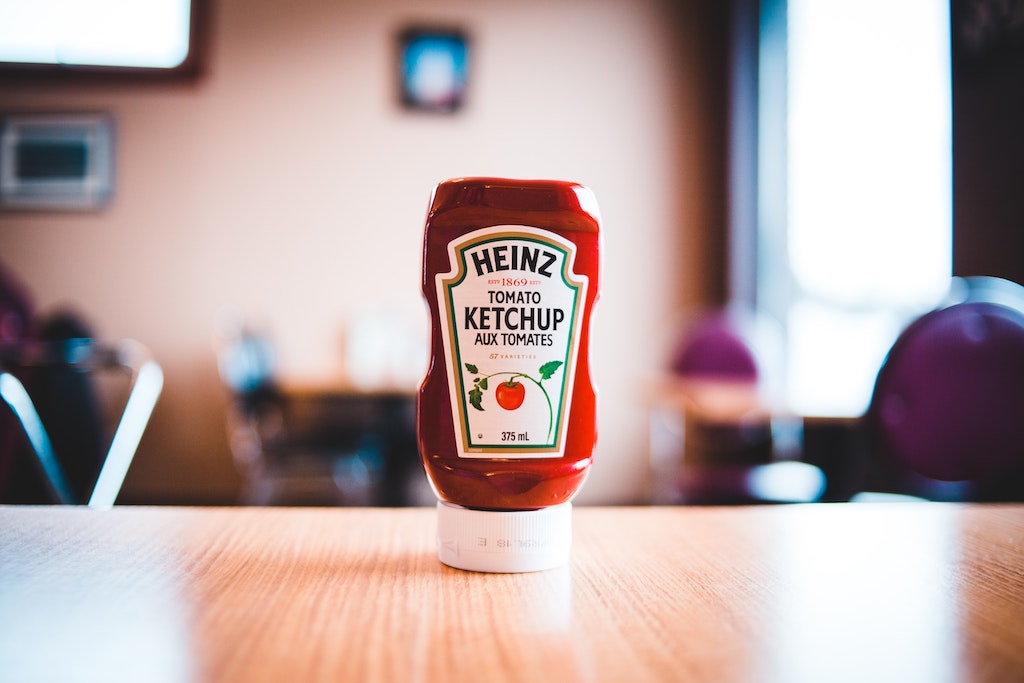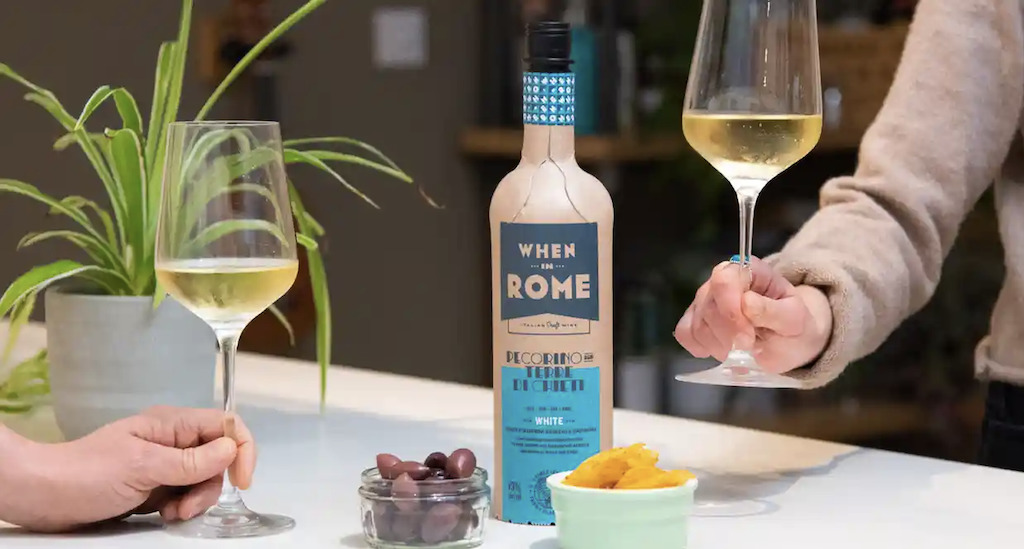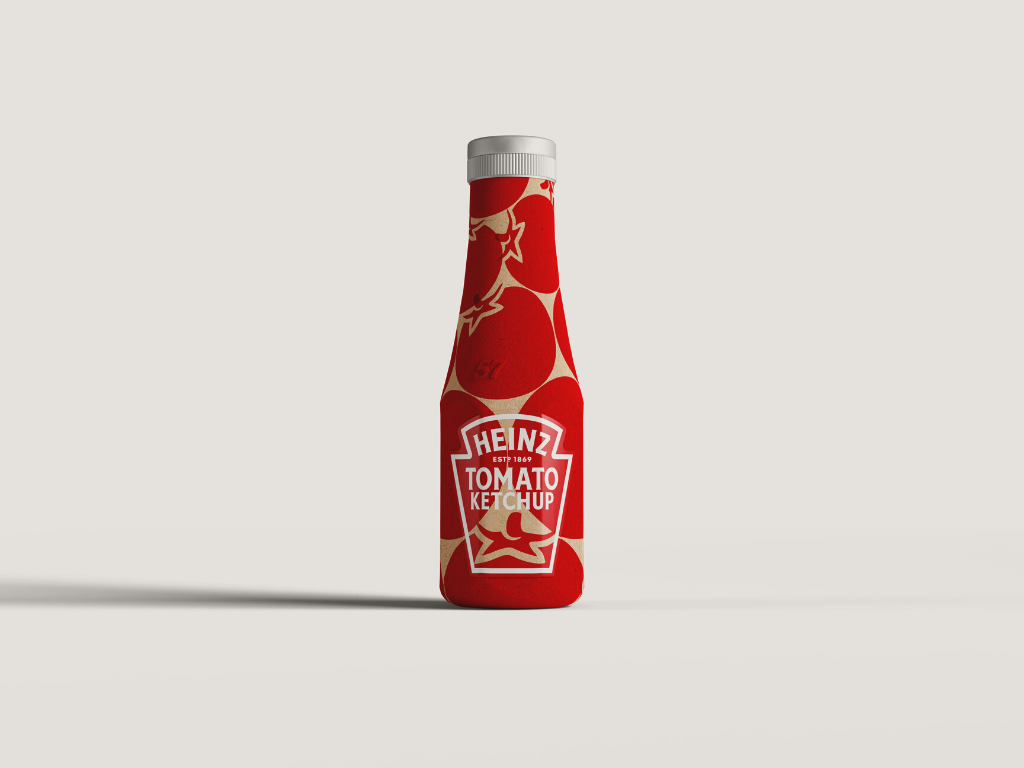4 Mins Read
In a partnership with wood pulp packaging company Pulpex, Heinz, maker of the world’s most popular ketchup, could soon come in a bottle what the company claims is 100 percent sustainably sourced wood pulp.
The announcement would make Heinz the world’s first sauce company to use Pulpex’s paper bottle packaging—a move in line with The Kraft Heinz Company’s sustainability commitments.
Kraft Heinz is the third-largest food company in North America and the fifth-largest in the world with eight $1 billion+ brands. It’s the biggest-selling condiment brand with Heinz Ketchup at the top of the list. More than 650 million bottles of Heinz Ketchup are sold per year in more than 140 countries, with annual sales of more than $1.5 billion.
Chief amongst the brand’s sustainability goals is to make all of its packaging globally recyclable, reusable, or compostable by 2025. Developments like the paper bottle also play a part in Kraft Heinz’s goal to achieve net-zero greenhouse gas emissions by 2050, the company says.
Packaging waste at Heinz
“Packaging waste is an industry-wide challenge that we must all do our part to address,” Kraft Heinz CEO Miguel Patricio said in a statement. “That is why we are committed to taking steps to explore sustainable packaging solutions across our brands at Kraft Heinz, offering consumers more choices. This new Heinz bottle is one example of how we are applying creativity and innovation to explore new ways to provide consumers with the products they know and love while also thinking sustainably.”
The Pittsburgh-based food brand and Pulpex are still in the prototype phase, but they’re hopeful the new packaging could help shift the brand away from unsustainable materials, namely plastic. While its iconic ketchup does still come in glass options, plastic is its biggest seller. Some of the plastic ketchup bottles contain post-consumer waste, but plastic is still an environmental issue Heinz says it’s working to reduce. Plastic is a leading cause of ocean pollution, with ripple effects across the food chain. Chemicals in plastic pose human health risks, something the E.U.—one of Kraft Heinz’s most important markets—is aiming to increase restrictions on with a recently proposed ban.

“We are delighted to work with Heinz to bring our patented packaging technology to such a famous name in food and are excited about the potential of this collaboration,” said Scott Winston, Pulpex CEO. “We believe that the scope for paper-based packaging is huge, and when global household names like Heinz embrace this type of innovative technology, it’s good news for everyone – consumers and the planet.”
If the prototypes make it to market, the paper-based bottles would also qualify for recycling in most paper waste streams, Kraft Heinz says. There are still some hurdles before the Heinz paper bottles make it to market, though; the next step in the process will be performance assessments before testing with consumers ahead of a market launch.
“We hope to bring this bottle to market and to be the first sauce brand to provide consumers this choice in their purchasing decisions, as many consumers today are looking for more sustainable packaging options,” said Rashida La Lande, EVP & Global General Counsel and Chief Sustainability and Corporate Affairs Officer at Kraft Heinz. “We’re eager to continue discovering more sustainable packaging for our beloved and iconic brands.”
So far Heinz has not disclosed what barrier coating it would use, and what the bottle cap would be made out of.
Paper bottles
If the bottles make it to market, they may be a condiment first, but not a paper bottle first. In 2011, laundry detergent giant Seventh Generation launched its sustainable bottles made from 100 percent recycled cardboard and newspaper.
In the U.K., sustainable wine brand When in Rome just brought its paper wine bottles to Ocado—the first paper wine bottle sold in a mainstream supermarket.

Similar to boxed wine, while the bottle exterior is paper, there’s a recyclable plastic pouch interior to prevent leakage. The bottles are made with 94 percent recycled paper and carry a carbon footprint that is about a sixth of a single-use glass bottle.
“Great wine doesn’t have to come in glass bottles,” Rob Malin, the company’s founder recently told The Guardian. “Whether you’re drinking from a glass bottle or a paper bottle, the quality of the wine is not impacted.” However, he cautions, don’t put the paper bottle in an ice bucket. “It will go soggy. You need to use a dry chiller.”
There are other benefits to switching from glass bottles to paper, according to When in Rome’s co-packer, Frugalpac: the price.
“The production of glass involves huge amounts of energy, so the cost of glass bottles is going sky-high,” said Malcolm Waugh, Frugalpac’s chief executive. “In some instances it is two to three times the price but it depends on who you are, and the type of bottle. Certainly there’s a 30 to 40 percent increase.”
Lead image courtesy of Heinz.




